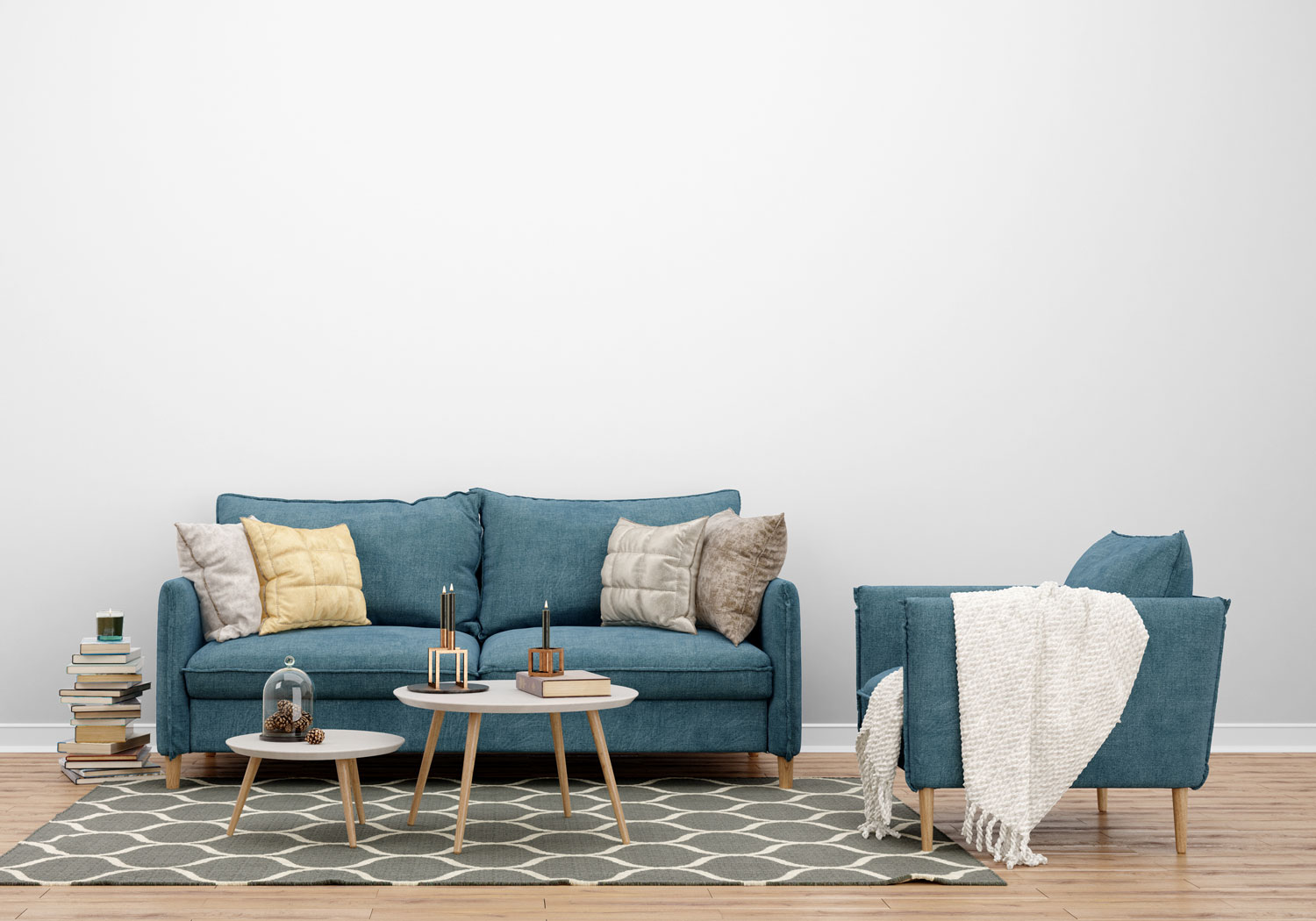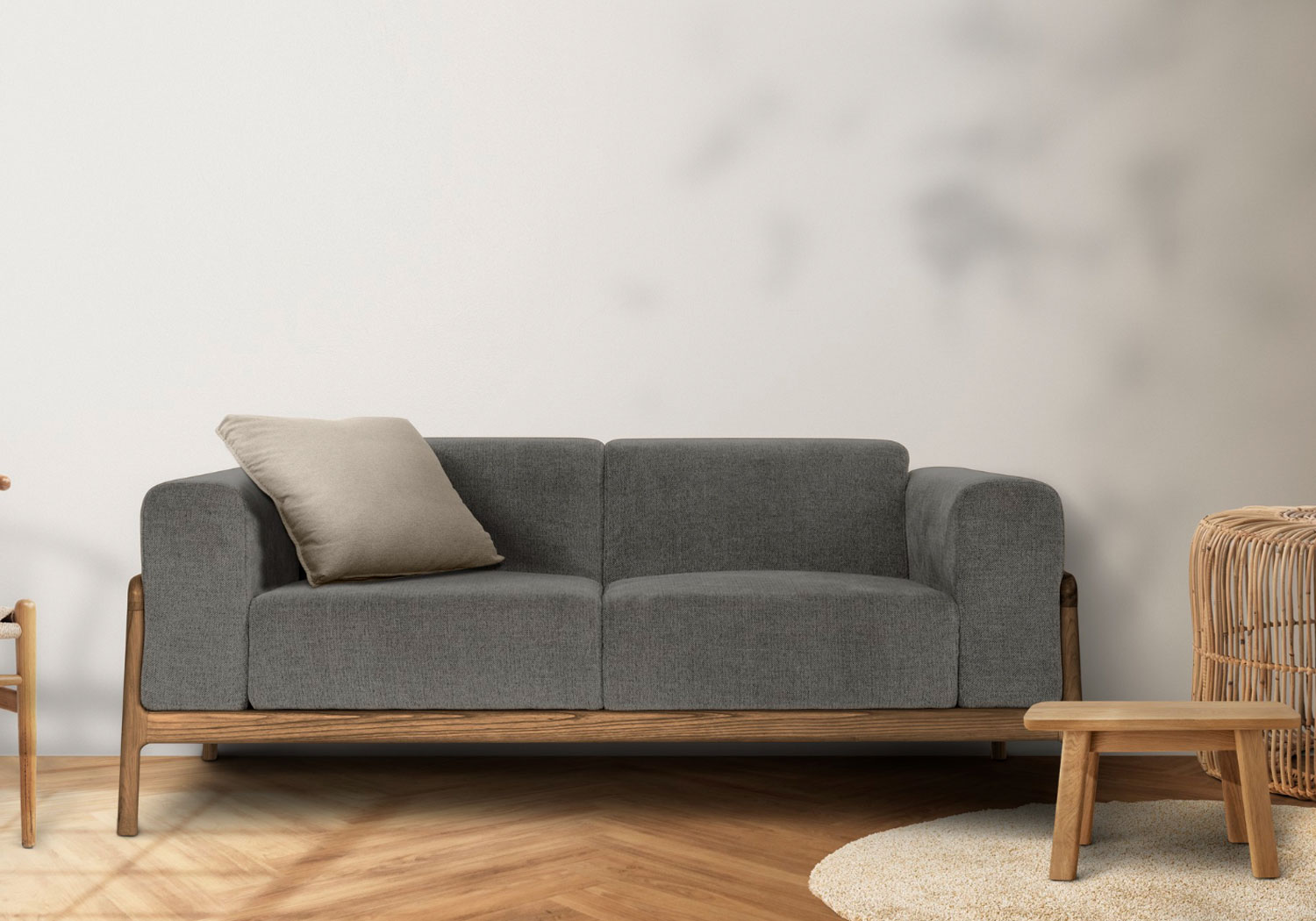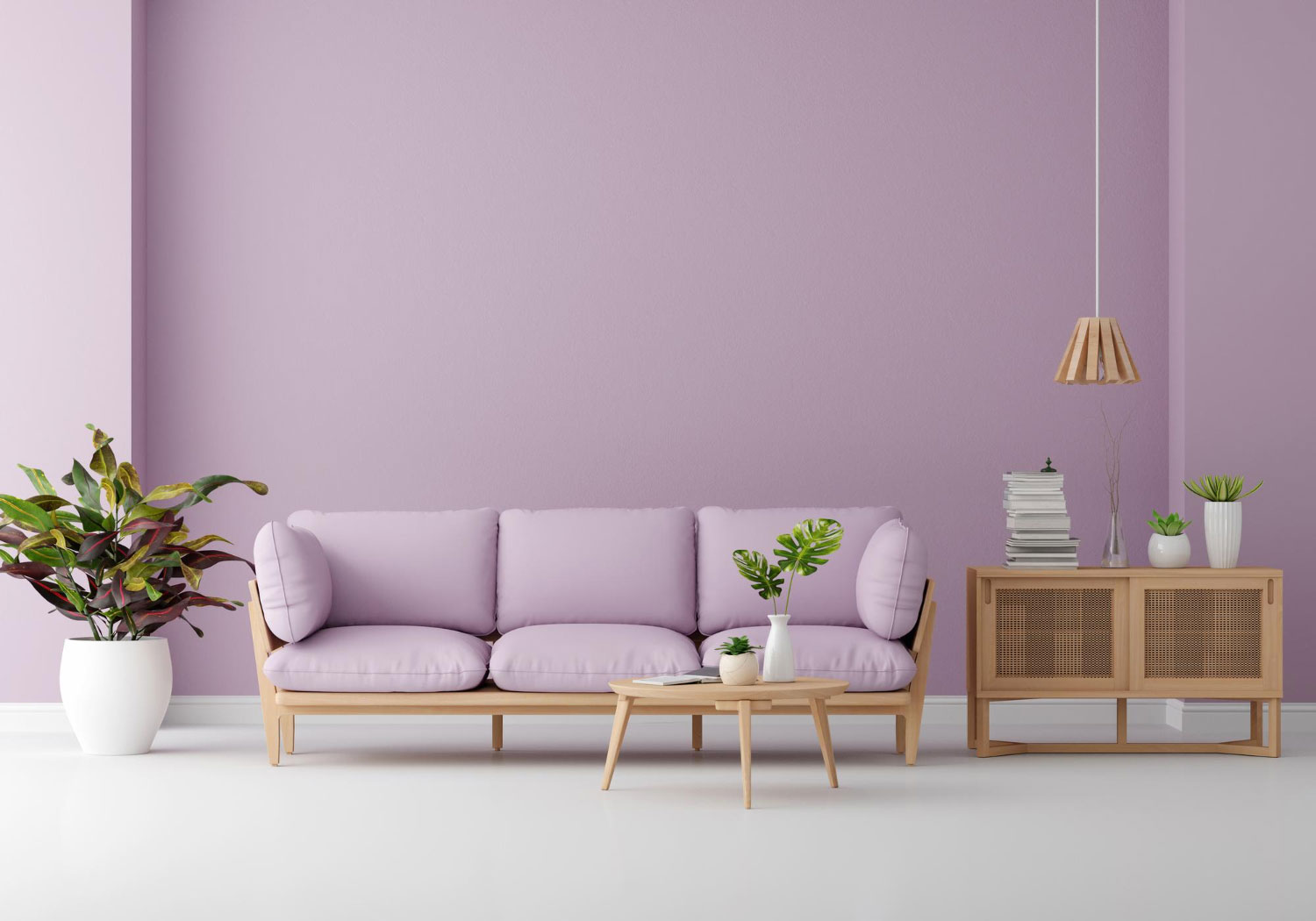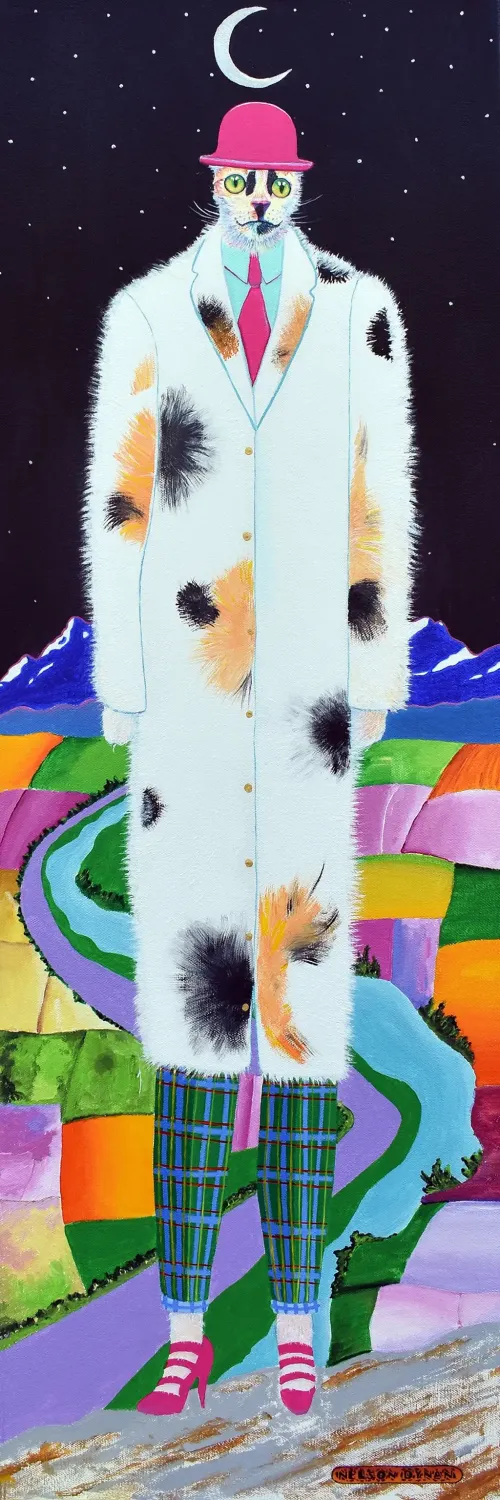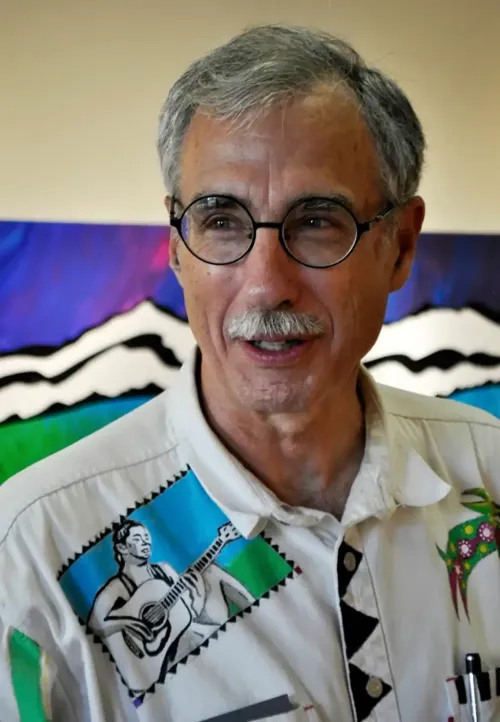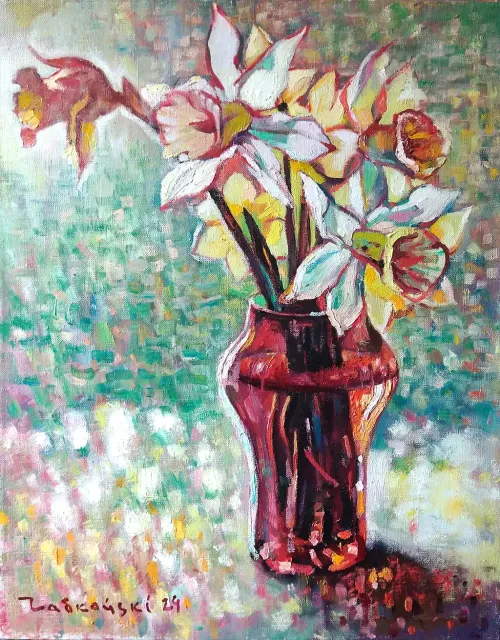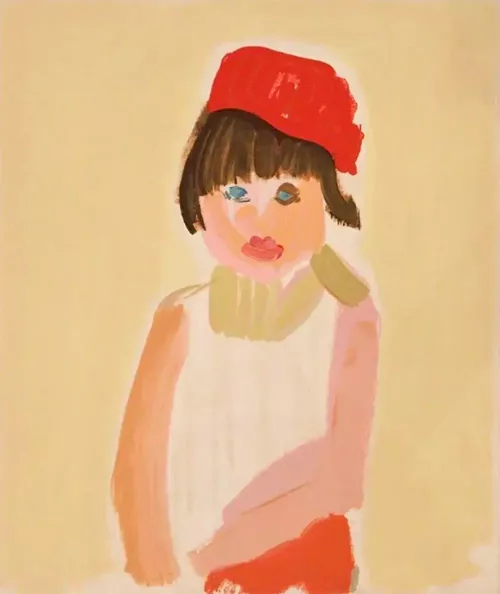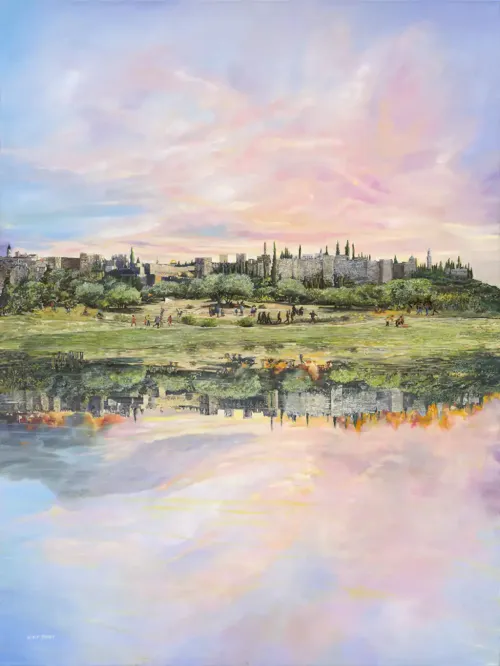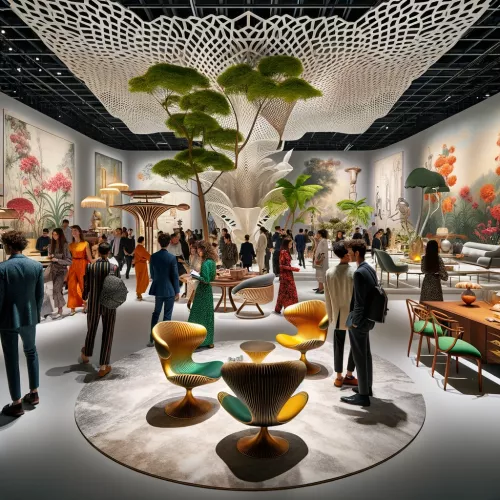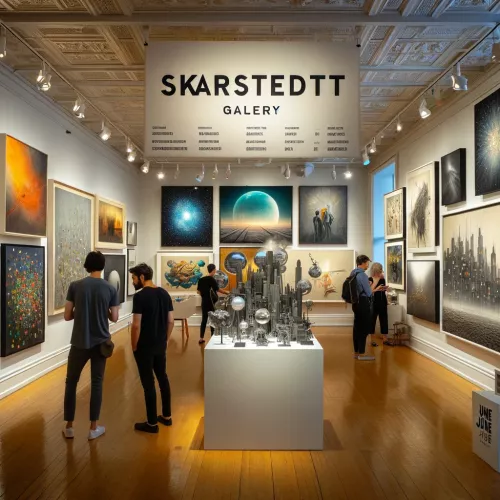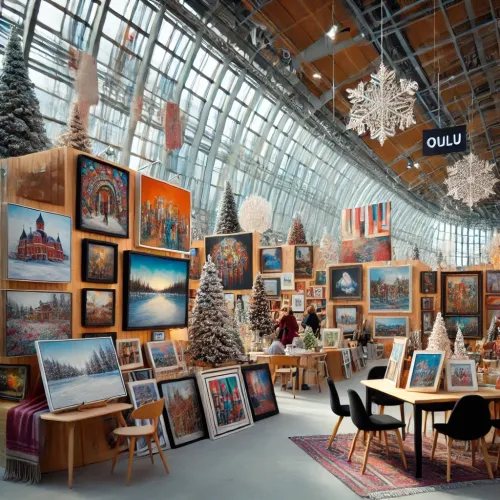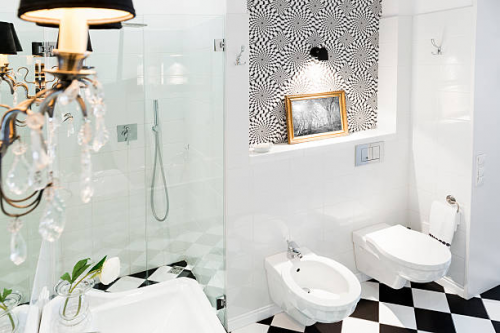Ramat Gan View Painting
, 1980
A serene and picturesque depiction of a rural landscape in Ramat Gan, featuring lush greenery and rustic buildings, rendered with expressive brushstrokes and a soft, natural color palette.
The painting titled "Ramat Gan View" by Arie Lubin, measuring 47 cm by 72 cm, captures the tranquil beauty of a rural landscape in Ramat Gan. The composition showcases a variety of natural elements, including tall trees, shrubs, and a small house, all rendered with expressive and dynamic brushstrokes. The color palette is dominated by earthy tones, such as greens, browns, and subtle hints of pink and purple, creating a harmonious and serene atmosphere. The soft, diffused lighting adds depth and dimension to the scene, enhancing the sense of tranquility and connection to nature. This painting's peaceful and reflective mood makes it ideal for spaces such as living rooms, studies, or bedrooms, where it can provide a calming and contemplative focal point.
Global delivery managed by our logistics specialists.
Shipping costs, duties, and taxes are not covered in the price.
14-day no-cost return policy (excluding custom-made items).
Track your order using a tracking link sent to your email.
Your order is fully secured against any damage or loss.
Return Policy: 14-day free returns.
Returns are accepted within 14 days. WeArt is fully committed to customer satisfaction: you have 14 days to return an original work. The work must be returned to the artist in perfect condition, in its original packaging. All eligible items can be returned (unless otherwise indicated).
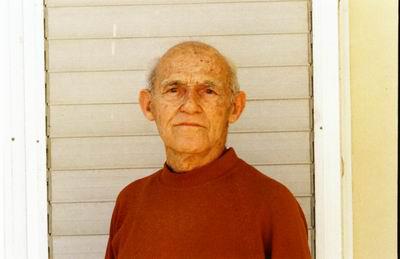
Arie Lubin
Israel
Globally Recognized
Established Artist
Biography
Arie Lubin's evolution from cubist landscapes to post-impressionist Eastern figures established him as a distinctive voice in Israeli art, earning him numerous accolades, including the Dizengoff Prize.
Arie Lubin was an Israeli artist born in Chicago, USA. He studied art at the Art Institute of Chicago and later at the Académie de la Grande Chaumière and with the sculptor Antoine Bourdelle.
During World War I, Lubin volunteered for the Jewish Legion, where he befriended artists like Avraham Melnikov, Nachum Gutman, and Menachem Shemi. He settled in Israel in 1923 and quickly integrated into the local art scene, exhibiting in places such as the Tower of David in Jerusalem, the Tel Aviv Museum, the Venice Biennale, and the São Paulo Biennale.
Lubin's early works in the 1920s were characterized by a cubist drawing style. By the late 1920s, he shifted to a post-impressionist figurative style, focusing mainly on landscapes. In the 1940s, he began painting mainly Eastern figures, a style that became his hallmark.
Arie Lubin received numerous awards for his work, including the Dizengoff Prize for Painting.

































































































































































































































































 in artwork
in artwork
 in artwork
in artwork


